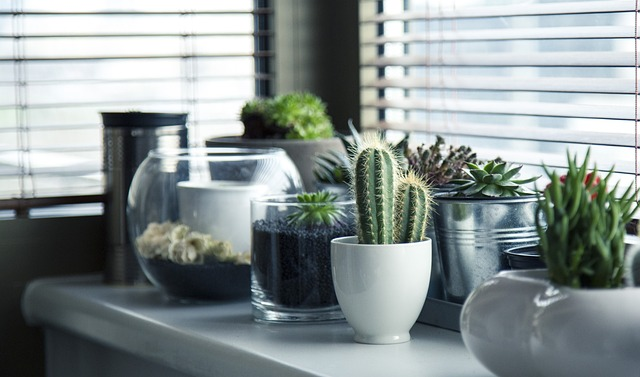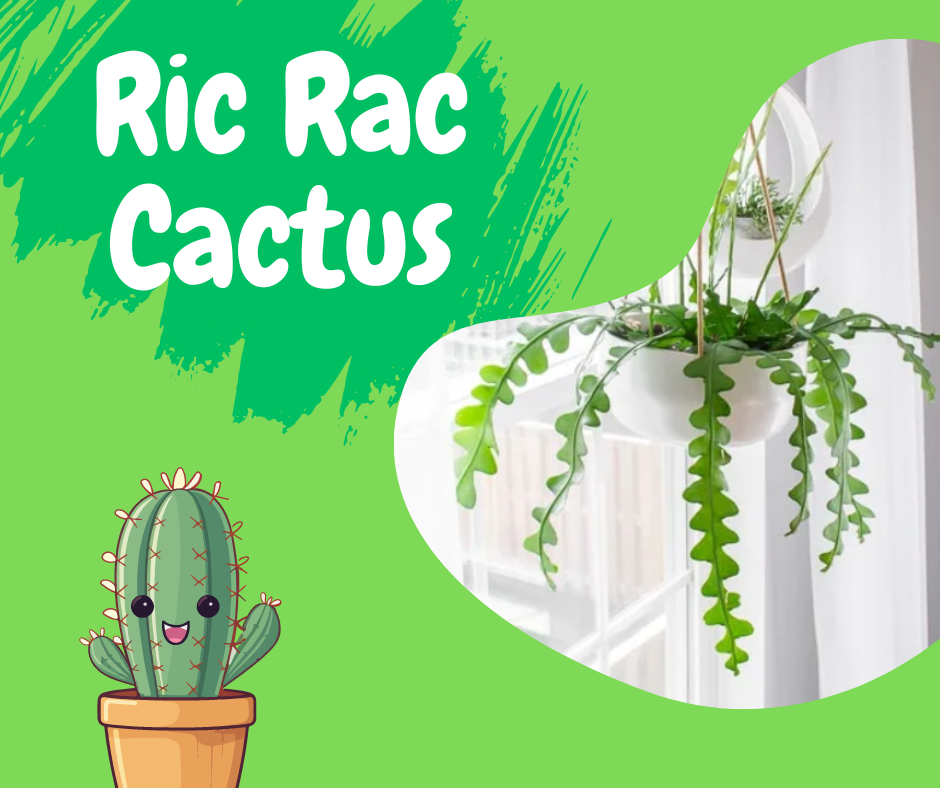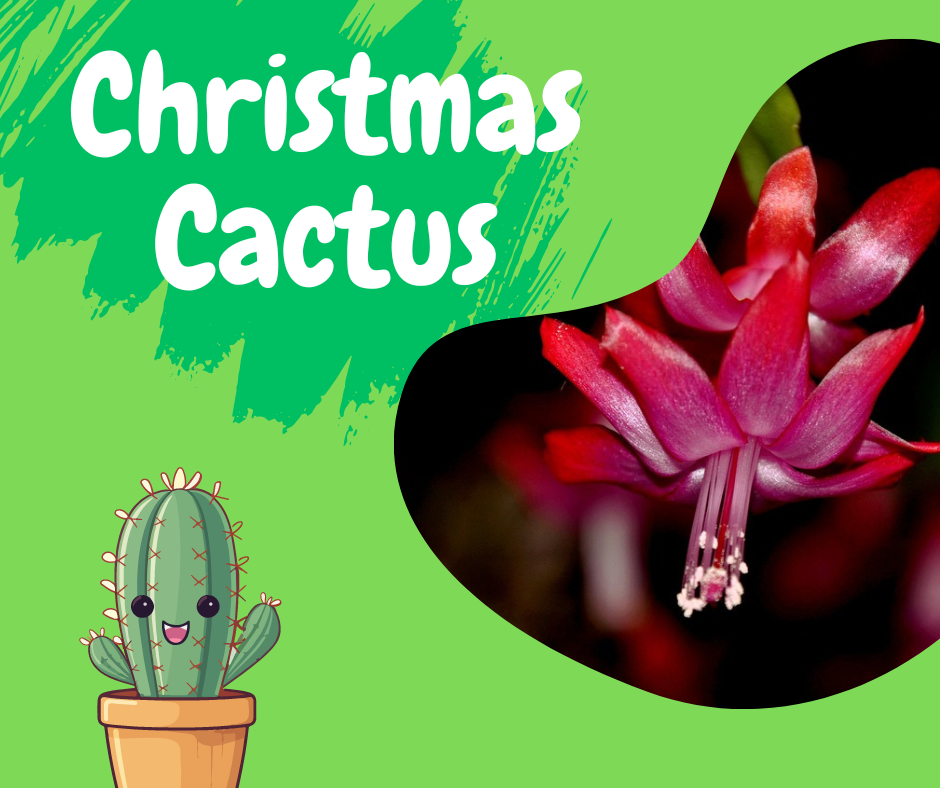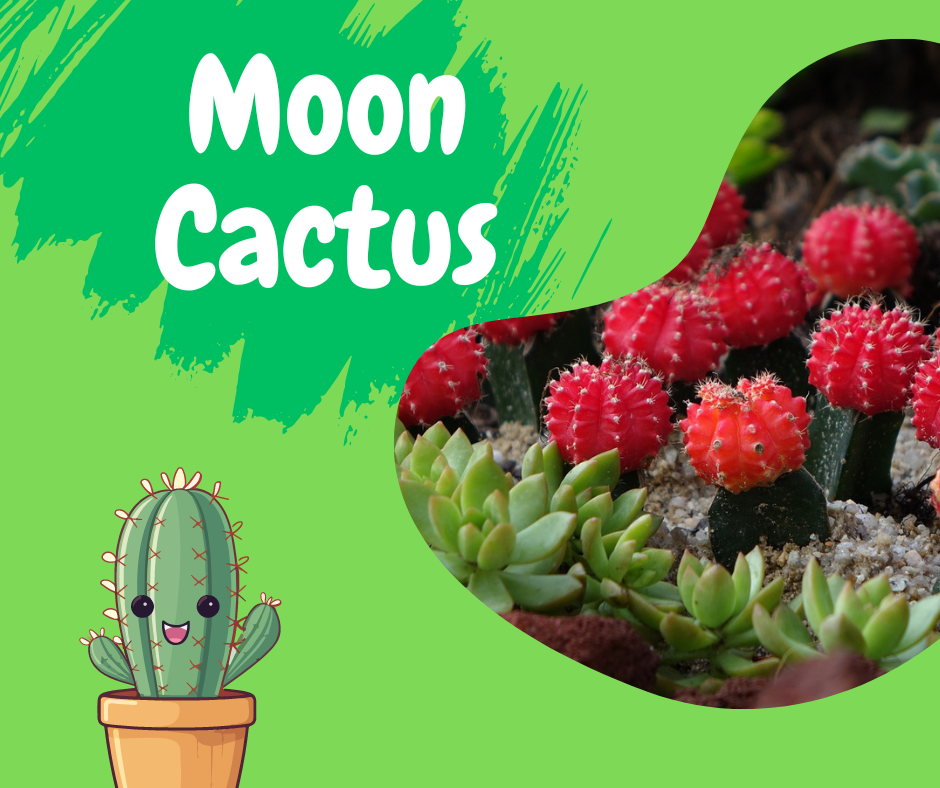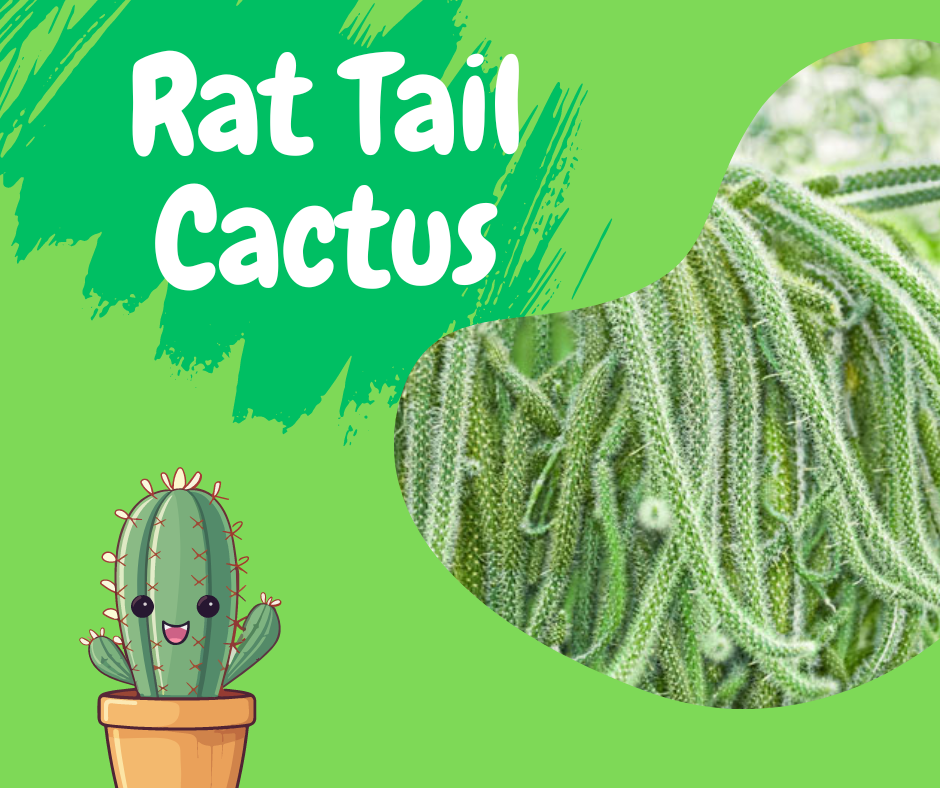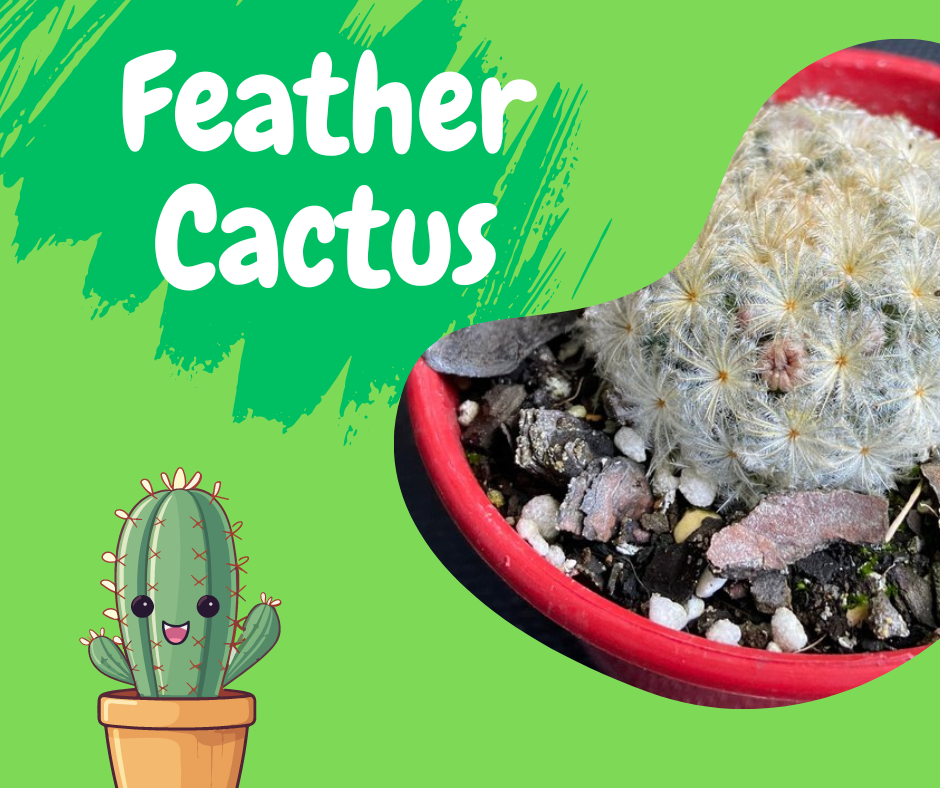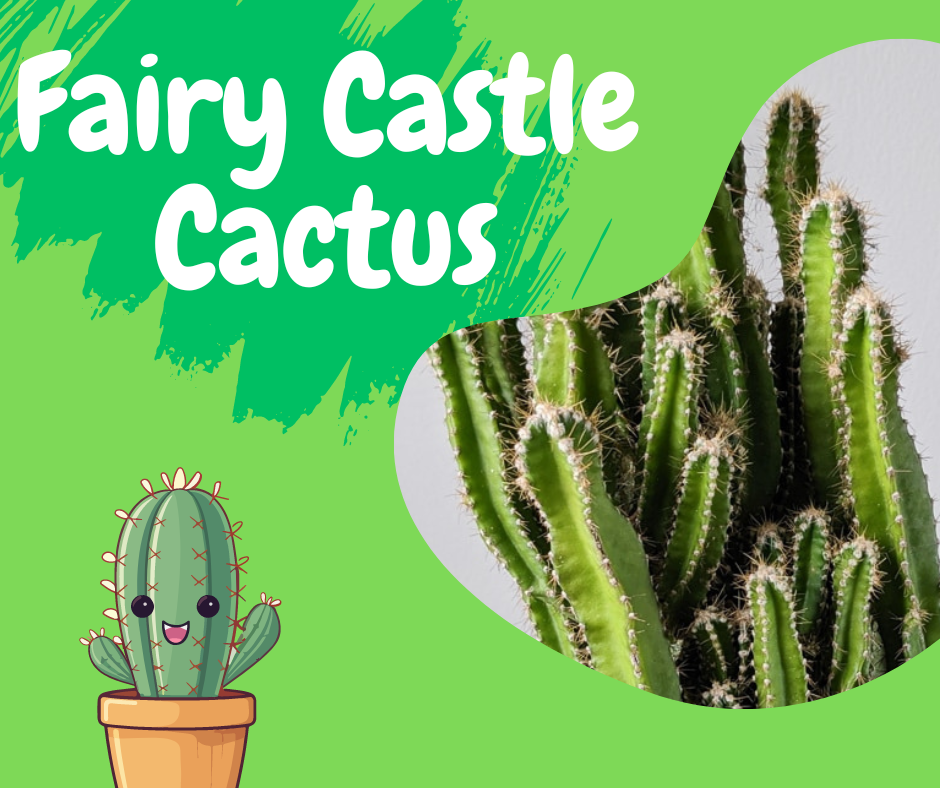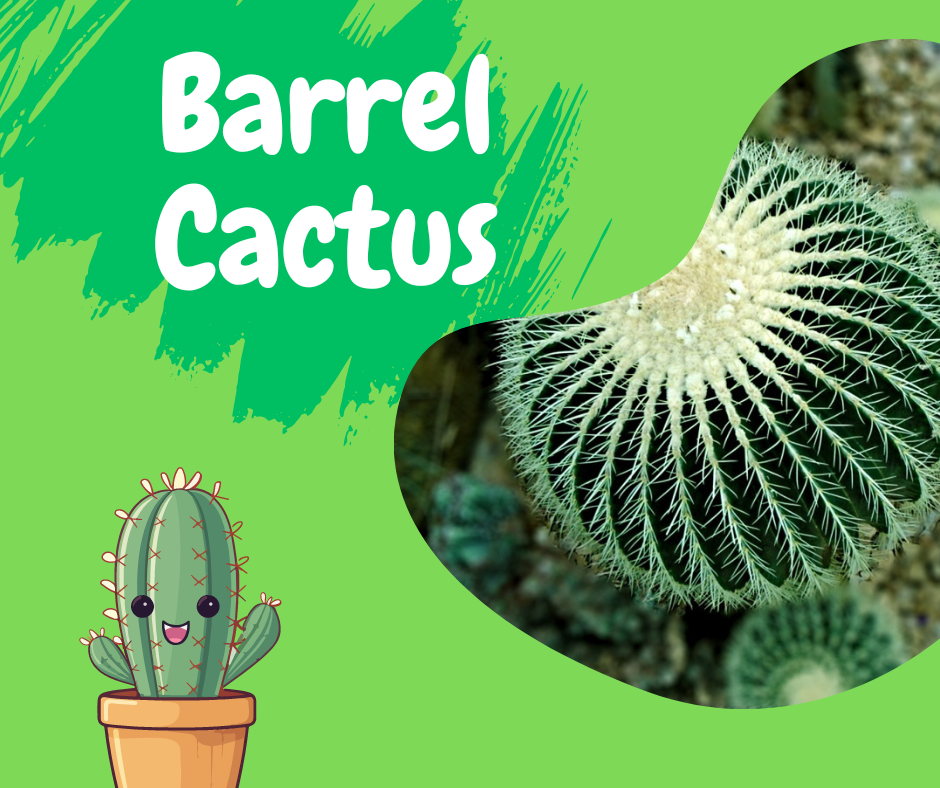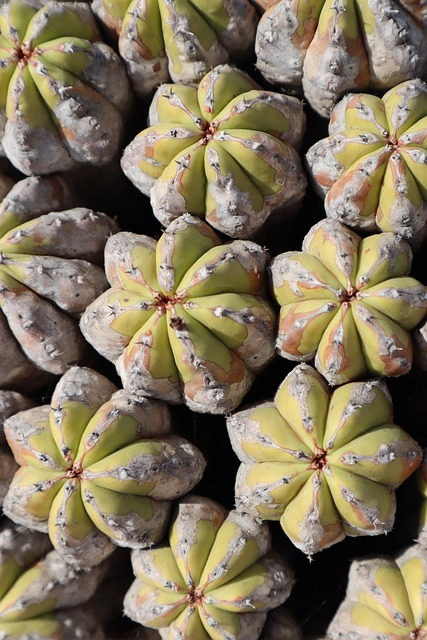HousePlantJoy is supported by our audience. When you purchase through one of our links, we may earn a small affiliate commission. As an Amazon Associate I earn from qualifying purchases. Your cost is not affected.
==================
Having houseplants is cool, but sometimes it’s a bit of a challenge, especially if you’ve got those tropical plants that demand a humid environment like they’re living in a jungle or something. But guess what? If you have an indoor cactus, things get easier. These spiky buddies like dry air and average room temperatures. They’re pretty chill to take care of indoors. While they need some sun, many types are good with just a few hours of sunlight daily. And if they’re sitting in a window that’s not getting much sun, you can throw in some extra light to keep them happy.
Cacti can surprise you with flashy flowers, adding to their funky shapes and spiky textures. They grow slowly and are easy to take care of, making them great companions among other plants or as stand-alone stars.
Choosing an indoor cactus is fun due to the variety of cool looks. Remember, see if your chosen cactus needs less light and water in winter and if it’s safe for pets. Stay tuned; we’ll be sure to give you what you need to know to help you with your indoor cactus journey.
Fun Fact:
All cacti are succulent, but not all succulents are cacti. Cool, huh?
Ric Rac Cactus
So, you’ve got this cactus called the Ric Rac cactus, an indoor cactus plant. And let me tell you, it’s got some seriously funky names – Fishbone cactus, Zigzag, and Fishbone orchid cactus. And you know why? Because its leaves look like a fish’s skeleton, all zigzagging along the stem. This plant is a real beauty and the best part? It doesn’t need a ton of soil to grow. You can handle this one even if you’re not the best with plants. Bring it home and enjoy those wild zigzag leaves.
In the scientific term, it’s called Cryptocereus anthocyanins (or Selenicereus Anthonyanus). It’s like the cool kid in the night-blooming cactus family. It has these long stems with pointy leaf parts. And you can find it chilling in Mexico, usually in groups hanging out on trees. It’s originally from places with tropical rainforests, so it’s all about that warm and humid vibe.
Bunny Ears Cactus
Let’s talk about the bunny ear cactus (Opuntia Microdasys). This little buddy is a hit as an indoor cactus plant – good looks and doesn’t ask for much attention. It’s originally from Mexico and goes by names like bunny ear cactus, angel’s wings cactus, and polka dot cactus. But hold up, don’t let those adorable names fool you. This guy is still prickly despite its smaller spines than the enormous, scary cacti. Those cute white dots? They’re tiny spines that can stick to your skin. So, if you’re giving it a touch, be careful, and grab some gloves if you think you need them.
Christmas Cactus
This plant is like the star of indoor cactus plants because it shows off its blooms in the winter. That’s why it’s so popular during the holidays and makes a fab gift. But the twist is, even though we think of cacti as desert dwellers, this one breaks the mold. It’s a succulent that comes from tropical rainforests. Imagine it hanging out on tree branches, loving the humid air, catching sunlight, and basking in warm temperatures.
Moon Cactus
If you want a cactus that’ll stand out, check out the moon cactus. It’s a tiny cactus that blooms in bright colors like orange and pink – they’re so vibrant they almost seem unreal.
What’s cool about the moon cactus is its story and how it grows. It’s super different from other succulents and cacti. Because of where it comes from, it doesn’t need as much sunlight as other similar plants. So, it’s a perfect choice for indoors.
Rat Tail Cactus
This cacti is also known as Aporocactus flagelliformis. This guy comes from places like southwest Mexico and Central America. Now, the cool thing is, it’s not that hard to take care of, and it’s got this unique look that cactus fans go wild for.
So, it puts on a show with orchid-like flowers in the spring or early summer. Imagine these blooms in violet-red, pink, or orange like little stars. But, the thing is, each flower only hangs out for a couple of days. The whole blooming extravaganza lasts for a few days in total. And guess what? If you keep this cactus outside, those flowers are like a magnet for hummingbirds and other buddies who help with pollination. But rat tail cactus is a perfect indoor cactus plant, too.
The stems of this cactus are bright green and a bit hairy, plus they’ve got these brown thorns. They can grow up to 5 feet long, and that’s where the name “Rat Tail” comes from – because, you got it, they look like rat tails.
Easter Cactus
Are you looking to jazz up your home or garden with some color? Check the Easter cactus – a real charmer, especially around Easter when it shows off its star-shaped flowers. This tropical cactus is from Brazilian rainforests; its flowers can be white, red, or purple. It’s a tough one that lives long and is easy to grow. Whether new to plants or a pro, you’ll love having this cactus around.
Here’s the twist: even though it’s a cactus, it’s not like those desert ones. The Easter cactus likes cooler temps, doesn’t want direct sunlight, and needs soil with lots of nutrients. In Brazil, it’s an epiphyte – a fancy word for saying it grows on rocks, trees, and other plants instead of in the ground. As a houseplant, it still needs particular soil that’s not too compact so its roots get enough air.
Feather Cactus
The Feather Cactus, also known as Mammillaria plumosa. It’s like a bunch of round stems covered in soft white spines resembling feathers. This cactus stays small, only reaching about 5 inches in height.
But the fantastic part is that it can spread out a lot, being over 16 inches wide. And in late summer, you’ll see white, yellow, or light pink flowers popping up on the top of these mounds of cacti.
Fairy Castle Cactus
Have you heard about Fairy Castle Cactus? It is also called Acanthocereus tetragonus. This cactus isn’t from just one spot. It is from Central America, Mexico, the Caribbean, and even the southern United States. It’s not a rusher; it takes time growing and is pretty easy to look after.
As it ages, this cactus can stretch up to 6 feet tall (about 2 meters). But check this out – the name “Fairy Castle” comes from its stems, which look like a castle’s towers and spiky parts, all different lengths and sizes.
Those stems have five sides, and they’re dressed in soft spines. They start all vibrant green but get woody and brown as they age. Now, here’s a little secret – when you have this cactus indoors, it usually doesn’t show off its flowers.
If it’s a young one, it might not bloom at all. But you might glimpse its flowers if you’ve got a more mature cactus, like one about a decade old or older. They’re around 3 to 6 inches long and come out to party at night – talk about a night owl.
Barrel Cactus
Meet the barrel cactus – named after a barrel for a reason. When it’s young, it’s like a cute little round barrel. And I’m telling you, these cacti are a natural beauty, with those rows of spines neatly lined up on their ribbed sides.
They can get a little stretched out as they grow up and go from round to more oval-shaped. Here’s the secret sauce when caring for them indoors – they like their soil to drain well, not necessarily bone-dry.
When these cacti become grown-ups, they can reach 6 feet tall. But no worries, if you start with a small 3-inch one indoors, it’ll stay manageable for years before it gets too massive. Those big ones can be quite the splurge, so starting small is smart.
Star Cactus
Some folks like to call it a “living rock.” It’s a slow grower but can be seriously impressive and quite significant when it finally matures.
It’s like the rockstar of the cactus world and is highly sought after by collectors. But here’s the catch – growing these guys from scratch is pretty tricky. So, people often graft them onto another cactus, like an Echinopsis, to get the best results.
Sure, growing a star cactus takes some patience, but when you do it right, you end up with some of the most stunning cacti you can find in North America.
Is the African Milk Tree a Cactus?
Meet the Euphorbia Trigona, also known as the African Milk Tree. It’s like an excellent piece of art for your home – exciting. Taking care of it is a breeze because bugs don’t bother it, and it proliferates. This makes it a great choice if you want to add something fun to a sunny spot.
This plant mixes cactus and succulent vibes, like an excellent combo. But it is more of a succulent plant. But here’s the thing: people sometimes treat it too much like a cactus by mistake, which can cause some issues, especially for new plant owners.
This plant’s got some travel tales from Central and West Africa, making it a houseplant star. Over there, folks love using it as a hedge since it grows fast, but stay calm. And guess what? It’s got a bunch of other names: candelabra cactus, friendship cactus, and good luck cactus. So, if you’re in the mood for sending good vibes, this one’s a winner for your pals and fam.
Soil and Potting Mix
Cactus soil, also known as cactus mix, is a unique blend of sand, gravel, pumice, and perlite. It’s great for cacti and succulents because it drains water well.
Cactus soil is like an imitation of a native home for cacti. You see, these desert plants are used to living in places with thin soil that doesn’t hold too much water. Their roots are also pretty delicate.
If you stick them in too dense or wet soil, it’s like sending them on vacation to a place they hate. They won’t grow well, and they might even get sick.
That’s where cactus soil comes to the rescue. It’s specially made to give cacti just what they need – soil that doesn’t hold too much water and is gentle on their roots. So, regular potting soil is not the best if you want your cacti to thrive indoors.
Caring for Indoor Cactus Plant
Some of these cacti will show off their flowers after a few years of being inside, while others might keep their blooms to themselves. But here’s the cool part – taking care of them is a breeze. They need lots of bright sunlight and a little drink now and then. When winter comes around, you can give them even less water because they nap during that time.
Pruning is usually necessary if you want to control their growth. And if you’ve got one of the flowering kinds, you can snip off the dead flowers, but they often fall off on their own. So, these cacti are pretty chill to look after.
Diseases and Pests
All cacti can deal with pesky problems like mealybugs, scales, fungus gnats, and spider mites. You’ll know they’re around when you see shriveled leaves, weird moldy stuff, or little bugs hanging out on the cactus or soil.
Don’t worry! You can usually give these pests a gentle shower from the sink hose or get rid of them with cotton swabs. But most bugs have gotten used to insecticides, so only reach for chemicals if it’s your last resort.
If your cactus gets too much water, it can get fungal rot, like dark, mushy spots on the stem. There’s also bacterial rot, where your cactus might ooze black stuff. If you spot these, chop off the bad parts and treat the cactus with water and hydrogen peroxide.
Indoor Cactus Problems
The most common mistake with cacti is overwatering during the winter, which can lead to rot at the base or on new growth. If the rot is severe, you might need to start a new plant from cuttings or remove the entire mother plant.
Another issue is using non-organic fertilizers, which often contain heavy metals that can eventually harm the cactus.
Moreover, cacti are vulnerable to physical injuries because they lack protective bark or leaves. Even a minor bump can result in an infection. To prevent this, it’s crucial to maintain your plant’s health, allowing it to form a protective layer before any injuries occur.
Start Your Cactus Journey Now
To sum it up, there are plenty of indoor cactus plants to pick from, no matter your plant skills. Some are super easy, like the Bunny Ear Cactus, while others, like the colorful Moon Cactus, can be a real eye-catcher. Remember, each cactus has its light, water, and pest rules, so get to know your plant buddy. With some love and care, these desert beauties can brighten your indoor space and thrive.
FAQs
Are indoor cacti easy to care for?
Yes, most indoor cacti are pretty easy to care for. They need plenty of sunlight and only occasional watering.
Can I use regular potting soil for indoor cacti?
No, using a cactus mix is better because it drains water more efficiently, preventing overwatering.
Why is overwatering a common mistake with indoor cacti?
Overwatering, especially in winter, can lead to rot because cacti prefer well-draining soil. They’re used to desert conditions.
What's the key to successful indoor cactus care?
I think the key is to understand the specific needs of your chosen cactus, including its light, water, and potential pest requirements. With proper care tailored to your cactus, it can thrive and beautify your indoor space.
?Upgrade Your Household with the Best Indoor Cactus!?
?Explore the amazing world of Indoor Cactus through our captivating social media platforms! ?
? Connect with Fellow Cacti owners: Join our Facebook page, HouseplantJoy, to uncover pro tips and guide ,other cactus lovers.
? Visual Treats on Instagram: Immerse yourself in the world of indoor cactus snapshots and reviews, and become part of the community at HouseplantJoy on Instagram.
? Pin Your Cacti: Discover a universe of indoor cactus plants on our boards at HouseplantJoy on Pinterest.
? Tweets for cactus indoor Enthusiasts: Stay in the loop with cactus plant trends and interact with us at HouseplantJoy on Twitter.
? Plant videos on TikTok: Short on time? Catch swift plant insights and entertainment on HouseplantJoy on TikTok.
Join us virtually, explore, and know more alongside a community that shares your fondness for cactus! #indoorcactus #HouseplantJoy


